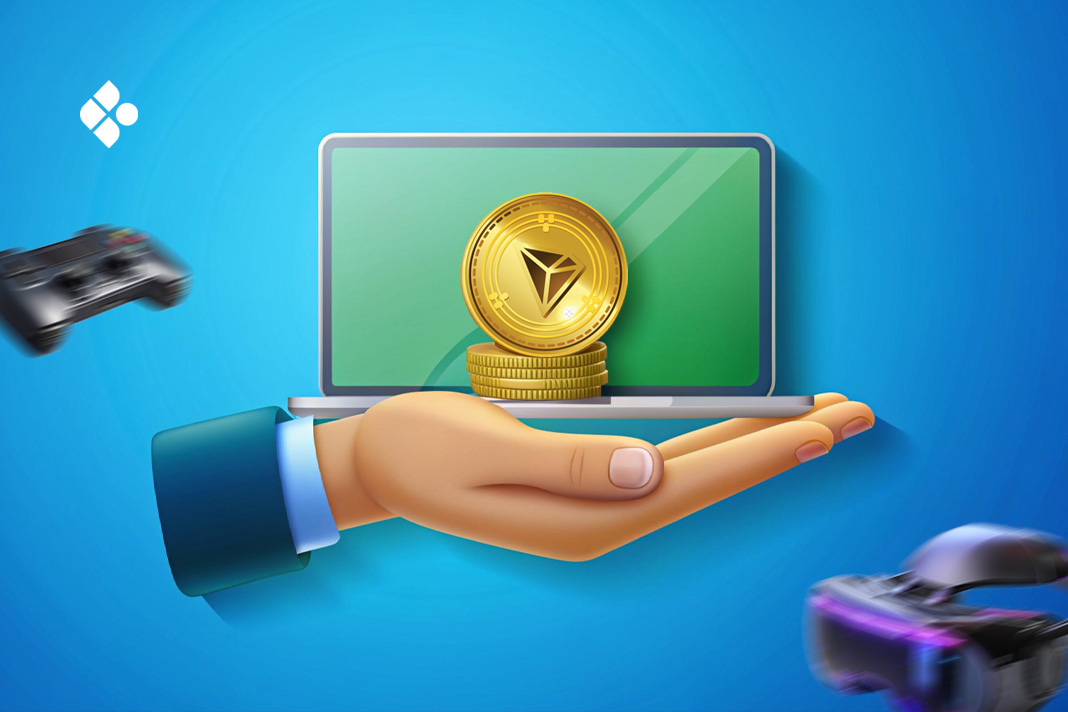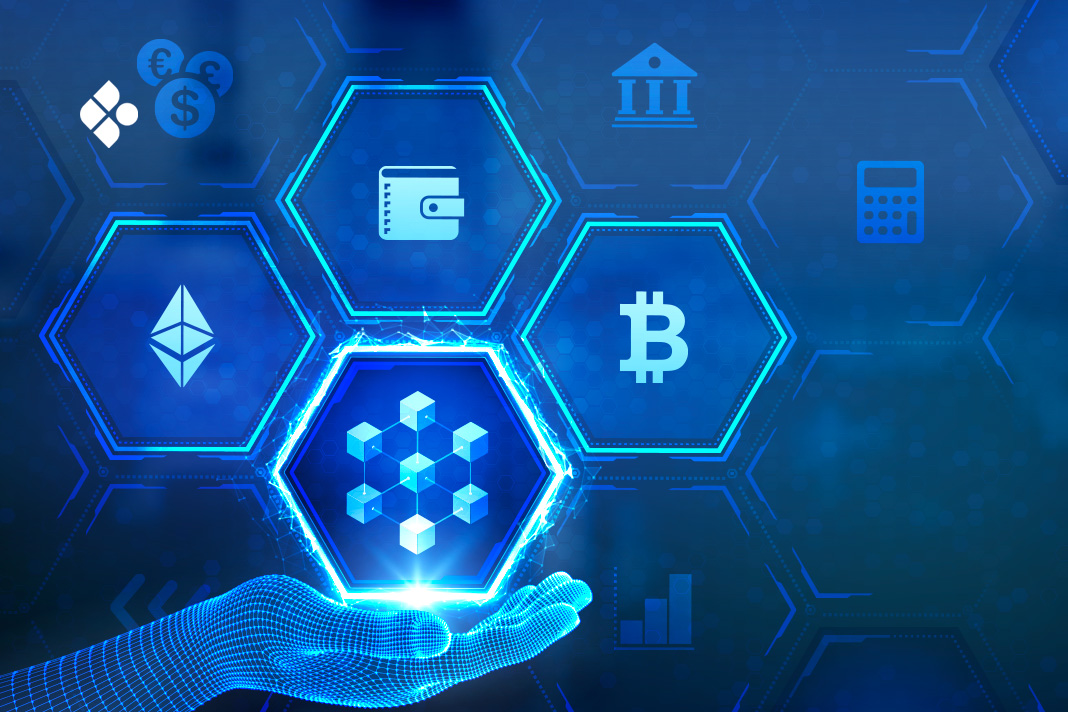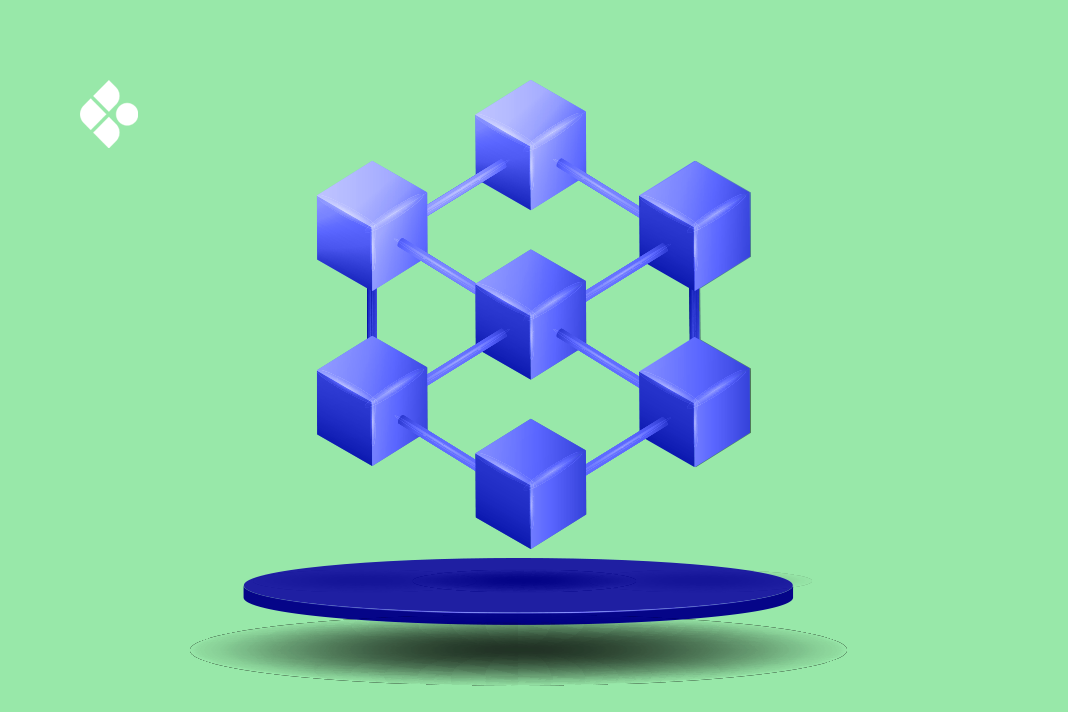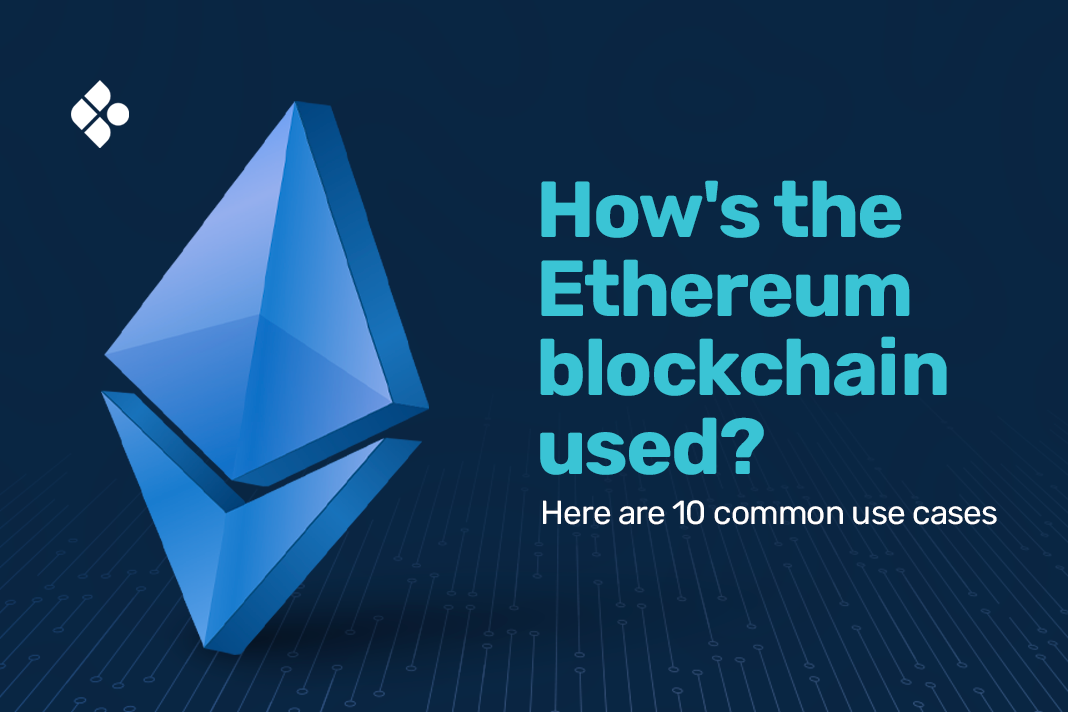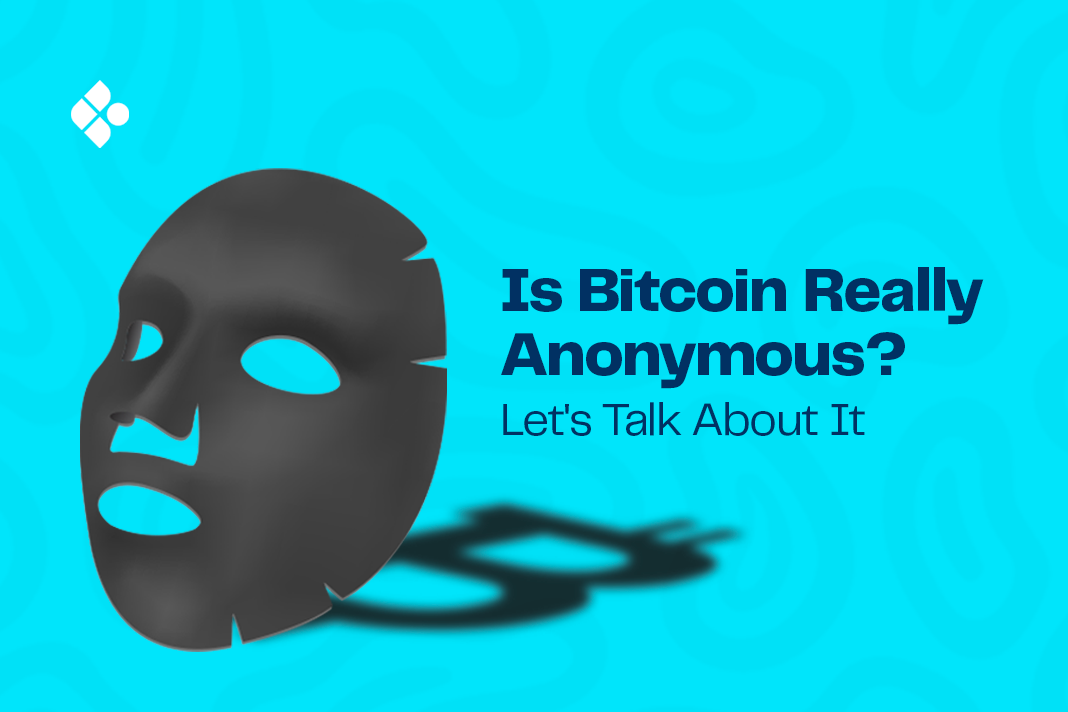Blockchain, blockchain technology, cryptocurrency, Bitcoin and whatnot- you might have heard one or more of these terms used by friends or family, especially as the bull market seems to be making an epic return.
But what does the blockchain really entail, how do cryptocurrencies work, and why should we be interested in them?
As blockchain technology gradually takes over the digital transaction world, you must learn as much as you can about what blockchain really is, how it works and how you can apply it in your day-to-day transactions.
As you read on, you’ll find this post helpful in answering all the questions you have and probably didn’t have.
What Is Really Blockchain Technology?
Blockchain technology is a structure that stores transactional records, known as “blocks.” The collection of these blocks is known as the “chain.”
They are all in a network connected through peer-to-peer nodes, like a ledger. This storage is referred to as a “digital ledger”. It is a method of recording information that makes it impossible or difficult for the system to be changed, hacked, or manipulated.
Even though the information can be seen by basically anybody connected to the blockchain, only the owner’s digital signature can authenticate transactions and safeguard them from being tampered with.
The History of Blockchain Technology
The earliest mentions of blockchain were found in 1992 by Stuart Haber and W. Scott Stornetta, but then, it was still very crude, and most people trusted more traditional methods.
This was until Satoshi Nakamoto, a mysterious body of whether a person or persons no one knows, created Bitcoin in 2009. Satoshi developed the first blockchain for use as a public ledger to secure Bitcoin transactions.
Then Ethereum came along, and since then, blockchain technology has been implemented across various industries. Despite initial challenges such as scalability and lack of standardisation, blockchain technology has continued to evolve rapidly over the years, with new use cases emerging in various industries.
Key Concepts and Components of the Blockchain
To understand any concept, one must first understand the terminologies used in such. Blockchain, as a concept, is no exception. These terminologies include:
- Block: A block is a place where data is stored in a blockchain. It contains a cryptographic hash of the previous block, a timestamp and transaction data. It is like having information on the sender, receiver, amount, and time of transaction in a file.
The blocks in a blockchain are linked to each other using cryptography.
- Nodes: A blockchain node is a device, usually a computer, that participates in a blockchain network. They keep track of the distributed ledger and serve as communication hubs for various network tasks. They store and distribute—in real time—the updated copies of the transactions that are carried out.
Each time a new block is generated and added to the general ledger, a copy is added to all the nodes in the network.
- Smart contract and dApps: Smart contracts are digital agreements that are signed and stored on a blockchain network. They execute automatically when the contract’s terms and conditions are met. The T&Cs are written in blockchain-specific programming languages such as Solidity.
A smart contract is an on-chain element of a dApp.
A dApp(or decentralised application) is a type of distributed, open-source software application that runs on a peer-to-peer (P2P) blockchain network rather than on a single computer. Examples of these dApps include BitTorrent, Tor, and Popcorn Time.
- Ledger: In the context of cryptocurrencies, a ledger is a database or a list of every transaction that has ever taken place on the network. Blockchains are a form of digital ledgers that validate and store all transactions within their network.
All transactions would be recorded or stored on a Bitcoin blockchain, a digital ledger, as would an Ethereum blockchain, and so on.
- Wallet: A wallet, like the one you might have in your pocket right now, is used for storing or, better put, managing different kinds of cryptocurrencies. With this wallet, you can deposit, withdraw, and store the digital assets used in the blockchain.
- Consensus mechanism: Consensus mechanisms are protocols that bring all nodes of a distributed blockchain network into agreement on a single data set. It acts as the verification standard through which each blockchain transaction is approved.
The consensus mechanism validates transactions and marks them as authentic before they are carried out.
- Cryptography: Cryptography is a way of securing data against unauthorised access. In the blockchain, cryptography is used to secure transactions between two nodes in the blockchain network. It is necessary for ensuring transaction integrity, guarding against security breaches and much more.
Types of Blockchain
There are four recognised types of blockchain networks, each with different benefits and uses. Understanding each type will help you choose which will work best for you.
- Private blockchain: As the name suggests, a private blockchain works in a restrictive environment like a closed network or under the control of a single entity.
It is not as decentralised as the public blockchain—only selected nodes can participate in the process, making it more secure than the others. Due to this, the private blockchain is small in size, which increases transaction speed because verification of nodes takes less time.
- Public blockchain: Typically the opposite of a private blockchain, public blockchains are entirely open to decentralisation. They don’t have any restrictions, and in fact, anyone with a computer and internet connection can participate in the network.
This makes it large, drastically reducing transaction speed and increasing the energy consumed. However, its large size leads to increased chances of security breaches as it is available to all.
- Hybrid blockchains: Also called semi-private, they combine the key elements from private and public blockchains, producing a partly decentralised or permissioned network. This gives it a high degree of flexibility because they can be open like the public yet secure and still have high network output like the private.
- Consortium blockchain: Also called federated blockchain, a consortium network is a type of hybrid blockchain, but with multiple organizations instead of just one in charge of its semi-closed system. This gives the network a greater degree of decentralisation while retaining the advantages of both private and public blockchains.
However, it is still faster than public blockchains and is equally as vulnerable as hybrid blockchains.
How Does Blockchain Technology Work: A Step-by-Step Guide

We’ve gathered a basic knowledge of a blockchain and some features we expect to find, such as blocks and nodes, but how exactly do they all come together to work?
A blockchain works by a combination of three technologies which are:
- A P2P (peer-to-peer) network containing a shared ledger
- A means of computing to store the transactions and records of the network
- Cryptographic keys. Each individual in the blockchain possesses two cryptographic keys—a private and a public key—with which they produce a secure digital identity called a digital signature. With this digital signature, they can authorise and control their transactions.
Transactions can be made by merging the digital signature with the peer-to-peer network for which there is a shared ledger between all parties involved.
A large number of individuals who act as authorities use the digital signature to reach a consensus on transactions, among other issues. When they authorise a deal, it is certified by a mathematical verification, which results in a successful secured transaction between the two network-connected parties.
The data is then stored in blocks and saved there for reference.
For any blockchain to work, there are features that should be present. These features are what make a blockchain, and they include the following:
- Decentralization:
Blockchain technology is a decentralized system, which means that no central authority controls the network. Instead, the network is made up of a large number of nodes that work together to verify and validate transactions.
Each node in the blockchain network will have the duplicate copy of the ledger, making even the tiniest change in data traceable.
- Immutability:
Blockchain technology is immutable, meaning it is unalterable and permanent. Once a transaction is recorded on a blockchain, it cannot be modified or deleted, making the system tamper-proof. This can also be a disadvantage, as mistakes may be difficult to amend.
- Consensus ( PoW vs PoS):
Consensus is a decision-making algorithm for the group of nodes active on the network to reach an agreement quickly and ensure the system’s smooth functioning. It is like a neutral judge between nodes who might not fully trust each other.
There are two major consensus mechanisms used in most blockchains: PoW (Proof of Work) and Proof of Stake (Proof of Stake). Both give miners or users of the blockchain a reason to stay honest and reach a mutual agreement with other nodes.
PoW is the original consensus mechanism that many cryptocurrencies such as Bitcoin rely on. Here, miners validate transactions by carrying out complex tasks in such a way that the first miner to complete the task gets the reward. This makes it difficult for hackers to attack the system because they use a lot of energy, thereby keeping the web safer.
PoS, on the other hand, as the name implies, works based on how much cryptocurrency validators are willing to “stake” or lock up as collateral. Validators in a PoS system are chosen based on their stake in the network. The more cryptocurrency a validator has, the more likely it will be selected to create the next block.
When a validator is picked, a new block is generated and sent to the network to be checked. Other validators can then confirm the block’s validity. If it checks out, the transaction goes through, and it is added to the blockchain.
- Transparency:
The blockchain is such a transparent system that it is open to anyone anywhere in the world, provided they are connected. Anyone can access and view transactions but cannot modify them, making them resistant to corruption and tampering.
- Security:
Every piece of information on the blockchain has a unique cryptographic hash, which is like an identity card for each. It gives each block a unique identity, which is hashed together with that of the previous block, creating a link between blocks that cannot be tampered with. Any attempt to do so would alter these identities, and to do that, one would have to change every single hash, which is basically impossible.
The Blockchain VS Traditional Technology
The advantages blockchain has over the traditional finance system include:
- Immutability: In blockchain technology, data fed into the system is automatically stored within “blocks.” These recorded data are said to be immutable, which means they are impossible to erase or replace. This prevents data from being tampered with within the network, unlike in the traditional system, where data can easily be tampered with.
- Transparency: Blockchain is decentralised, meaning any network member can verify data recorded into the blockchain. Therefore, the public can trust the network.
- Censorship: Blockchain technology is designed so that no single party or authority, including the government, has control over it. This means that no single authority can interrupt the network’s operation.
- Traceability: Even the slightest change in the network or data in a blockchain can be traced because the blockchain creates an irreversible audit trail. This allows users to work with more security and certainty.
Just like every yin has a yang, advantages come hand in hand with cons, and in blockchain, some of these cons include:
- High implementation cost: Blockchains are way more costly than a traditional database. Additionally, before businesses can integrate blockchain into their processes, they need proper planning and execution and bringing this about requires more cost.
- Data modification: Even though its stringent methods ensure data security, it can also make correcting mistakes and other necessary adjustments hard. This is because blockchain technology does not allow easy modification of data once recorded, and it requires rewriting the codes in all of the blocks, which is not only time-consuming but incurs costs, too.
Applications of Blockchain
- Non-fungible tokens:
Non-fungible tokens, often referred to as NFTs, are blockchain-based tokens that each represent a unique asset, such as a piece of art, digital content, or media.
An NFT can be thought of as an irrevocable digital certificate of ownership and authenticity for a given asset, whether digital or physical. Interestingly, blockchain technology is a core component of the development of NFTs.
Blockchain serves as the foundation on which you can seamlessly create, store, and transfer non-fungible tokens. Its decentralised nature helps ensure transparent, traceable, and secure NFT transactions.
- Internet of Things (IoT) systems:
The Internet of Things or IoT refers to physical objects with sensors or different types of software that connect to the Internet and, through it, to other devices. Blockchain can add a higher level of security to prevent data breaches in IOT systems by utilising transparency and virtual incorruptibility of the technology to ensure the safety of information and users.
- Governance:
Because blockchains are like databases, they can be used as superior storage systems for classified documents and citizen information or even utilise blockchain technology to create accessible and easy-to-use systems for medical needs or social security.
Blockchain technology can also be applied to voting to create freer and fairer elections, as nobody would be able to vote twice, and votes would be more secure.
- Finance:
Blockchain can digitise the entire trade finance lifecycle with increased security and efficiency. It can enable more transparent governance, decreased processing times, lower capital requirements, and reduced risks of fraud, human error, and overall counterparty risk. Improved financial reporting, reduced costs, faster transactions, improved security, and improved data quality and accountability.
- Data storage:
Decentralised data storage products often use blockchain to track storage transactions. Blockchain is a distributed ledger technology that can automatically synchronise and validate storage transactions across distributed nodes.
Frequently Asked Questions (FAQs) About the Blockchain
What is the difference between blockchain and Bitcoin?
Bitcoin is a digital currency that uses cryptocurrency. Unlike government-issued currencies, it is controlled by a decentralised authority. In contrast, the blockchain is a type of ledger that records all of the transactions taking place and helps facilitate peer-to-peer transactions of various digital currencies such as Bitcoin.
Are blockchains trustworthy?
Yes. Blockchains manage a large-scale record of transactions and additional data wrapped in several layers of data security. As a result, these systems are generally regarded as safe and secure.
Can I create my own blockchain?
Of course. As long as you have extensive technical training to develop coding skills and a fundamental understanding of blockchain technology. It also requires a deep understanding of testnets, cryptography, consensus algorithms, network protocols, and smart contract development.
Can I implement double-spending in blockchain?
No. Blockchains do not support double-spending. Transactions are irreversible and hard to tamper with since they are timestamped on the blockchain and quantitatively tied to earlier ones.
Can a blockchain wallet be hacked?
Yes, it is possible for a blockchain wallet to be hacked, which can lead to the loss of funds. If a wallet’s private key or seed phrase is compromised, unauthorised access can occur, and the funds can be stolen.
Conclusion
As the world and the digital ecosystem continue to evolve, the knowledge of blockchain technology proves to be an invaluable asset to businesses, organisations, private individuals, and even governments worldwide. It’s more efficient, safer, and a bold step towards a brighter digital future.

